Assistant Principal's Report:
Katrina Spicer - Wellbeing and Inclusion
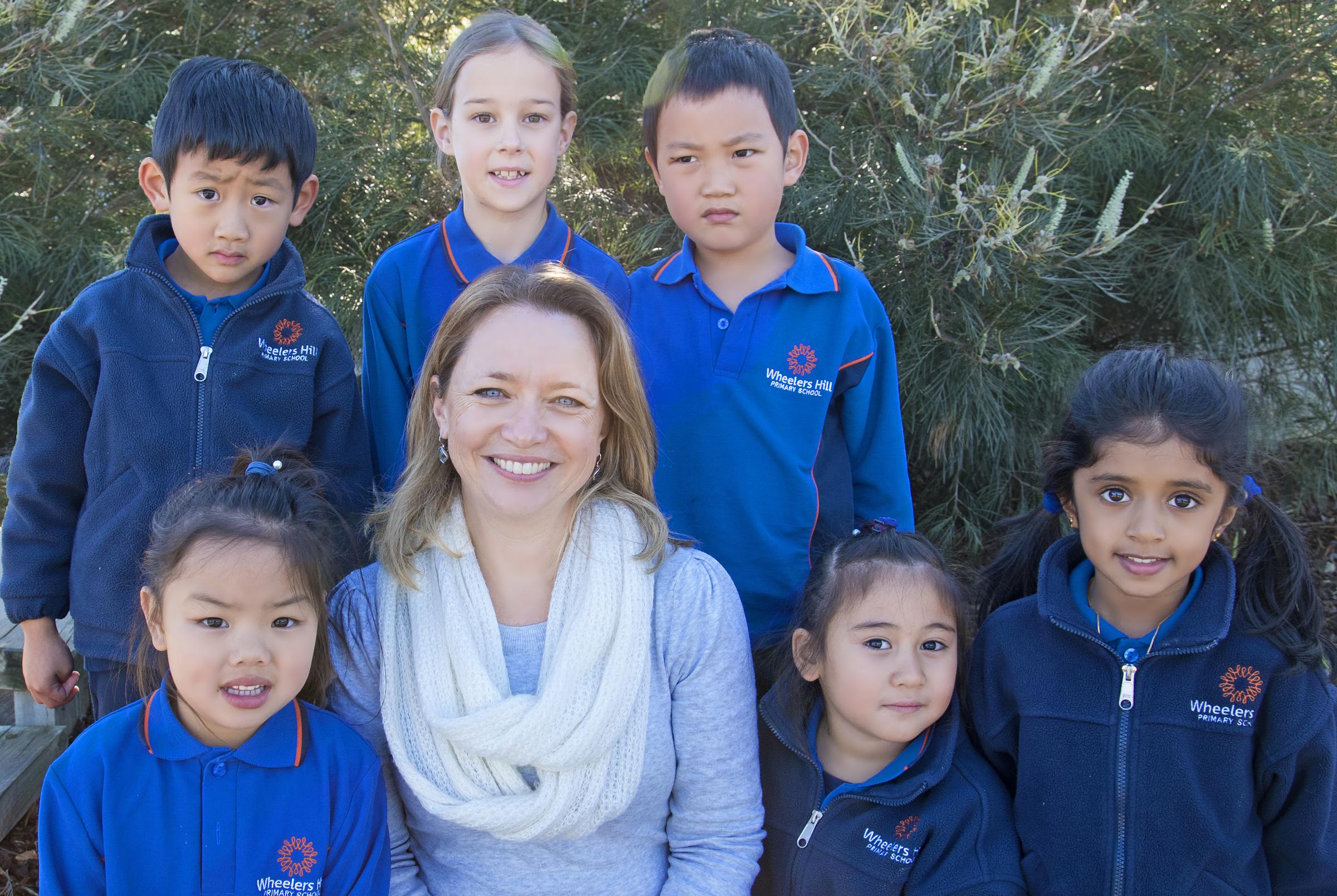
Assistant Principal's Report:
Katrina Spicer - Wellbeing and Inclusion
The members of the SRC would like to thank our school community for engaging in our Term 2 fundraiser for the RSPCA on Thursday, 26th June, for which we raised a total for $574.50. This is a great achievement and one we are very proud of.
Staff and students wore silly socks and were asked to donate a gold coin. There was also a fun animal scavenger hunt at lunch time, where students had to find 14 different pictures of animals hidden around the school.
Thank you to the SRC for organising this fundraiser.
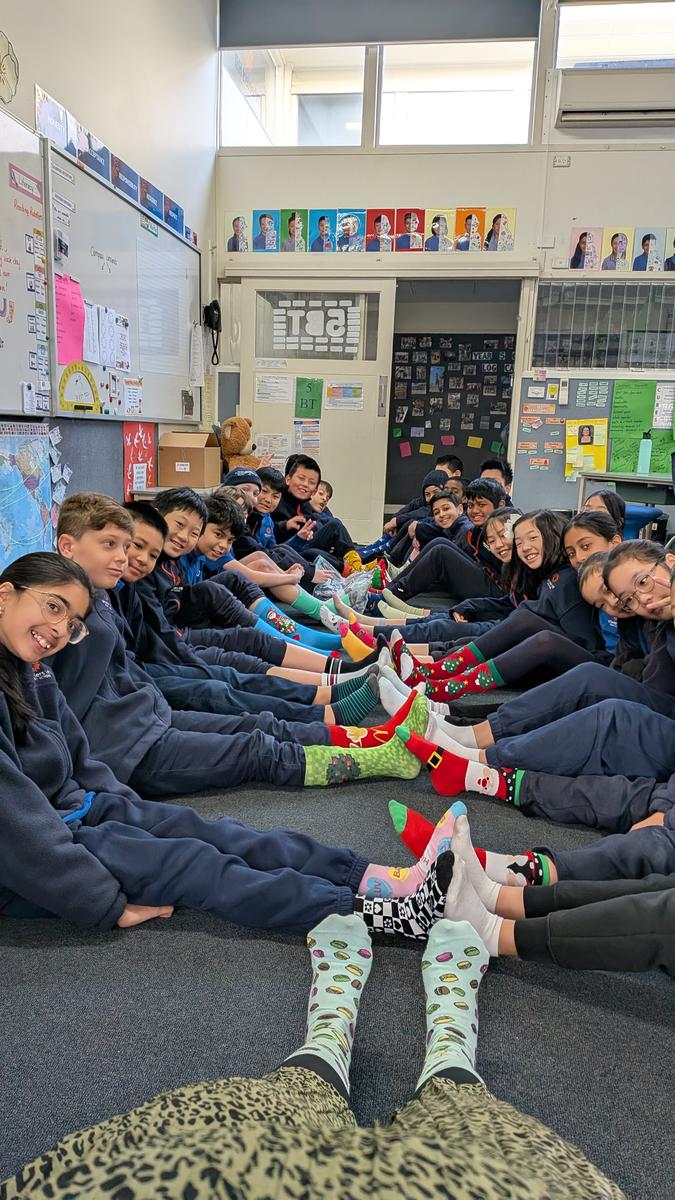
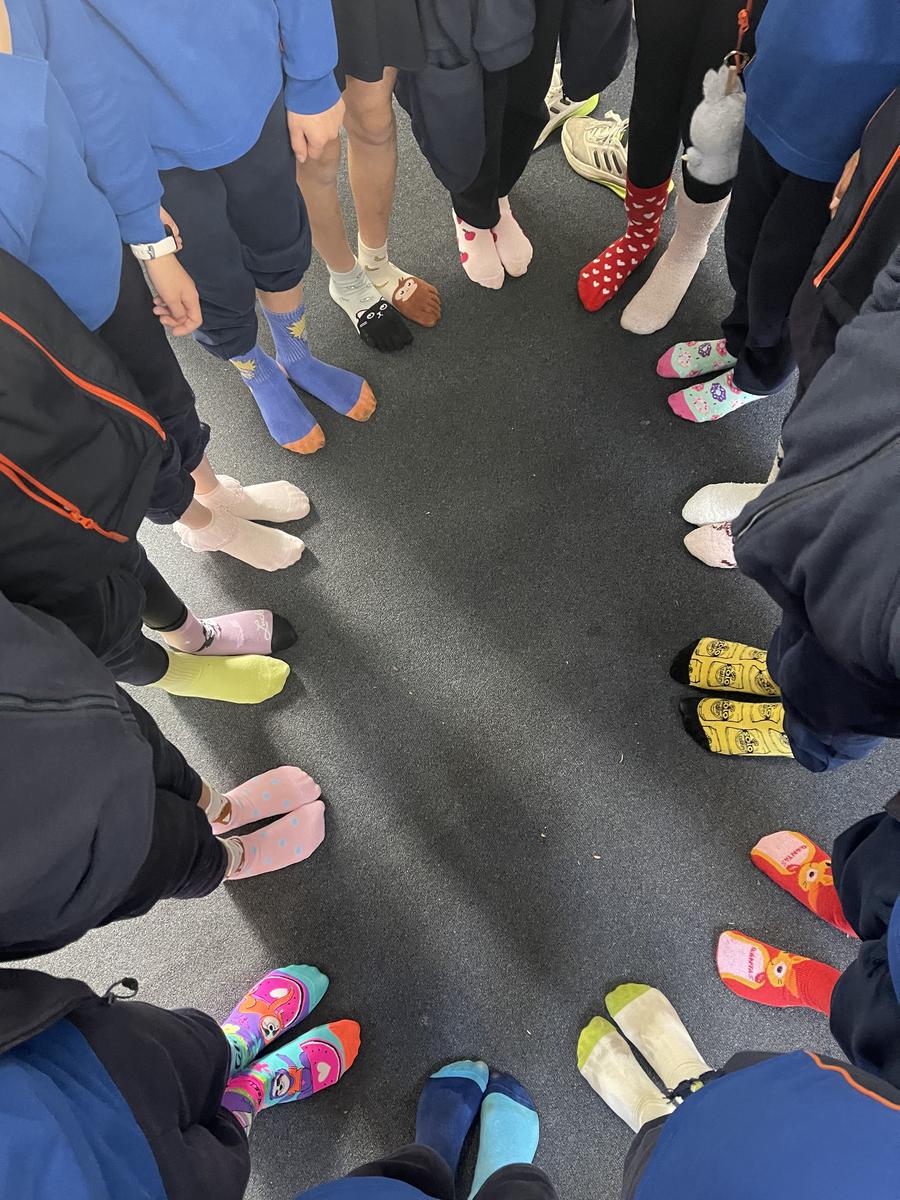


This term our junior school students voted for Arts and Crafts Day, and the senior school students voted for Round Robin Sports Day for their end-of-term SWPBS reward. Unfortunately some of the senior students missed out on their Round Robin Day due to bad weather, so they enjoyed a fun movie instead.

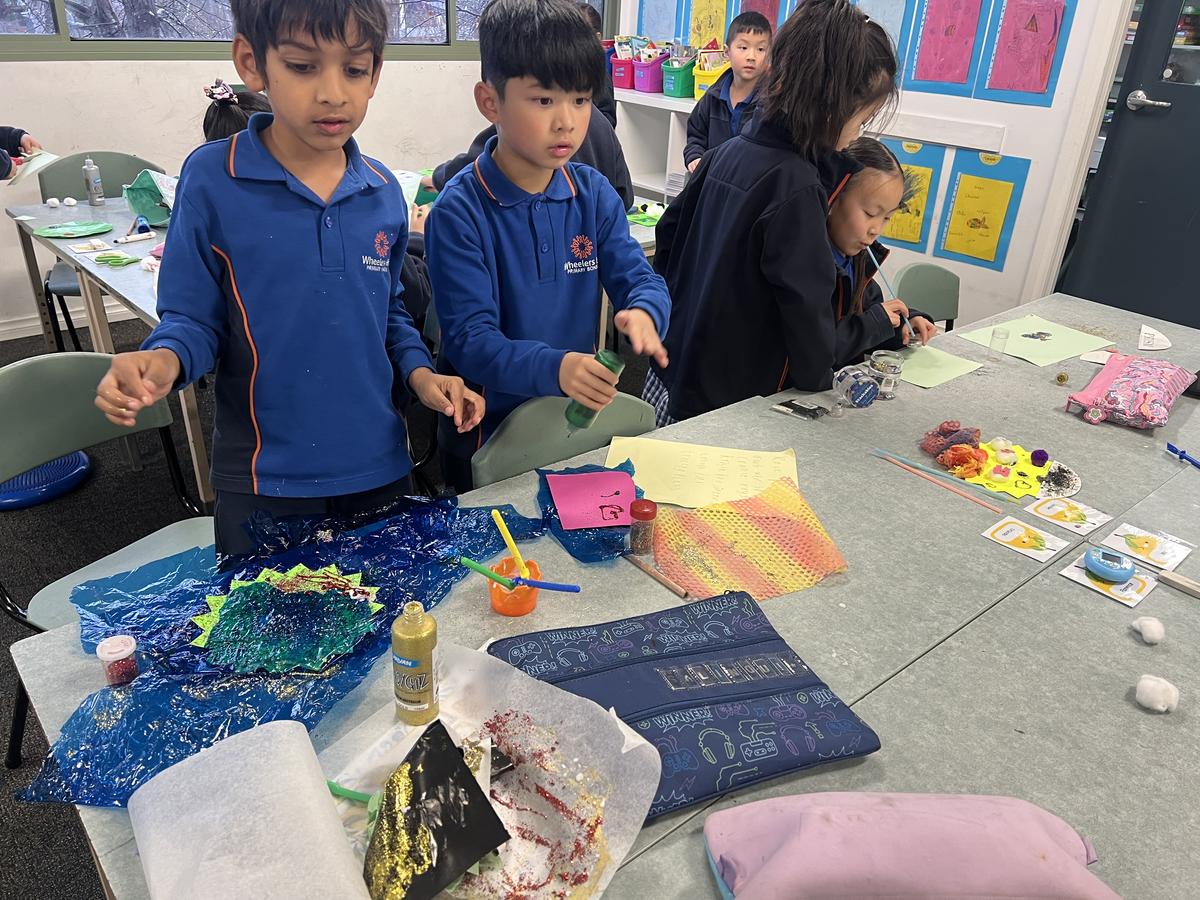
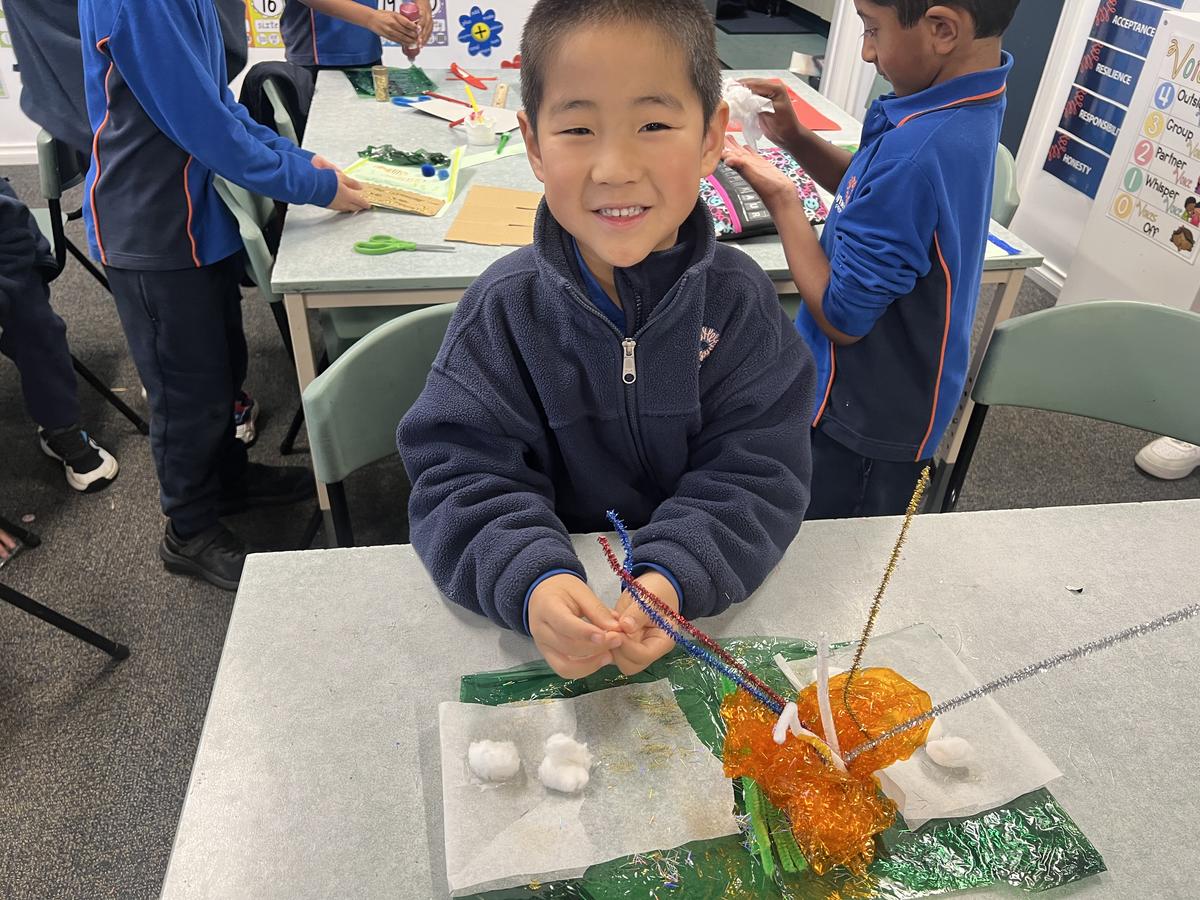
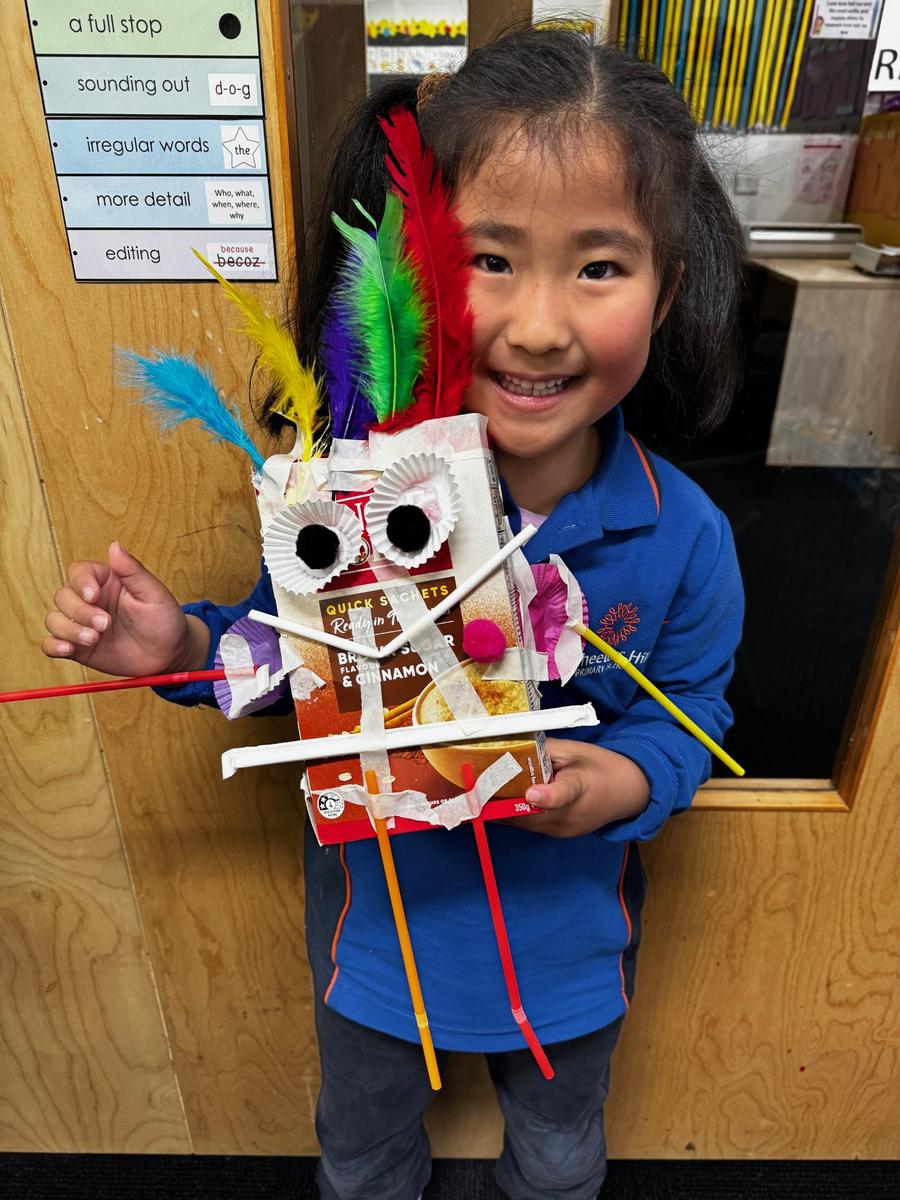
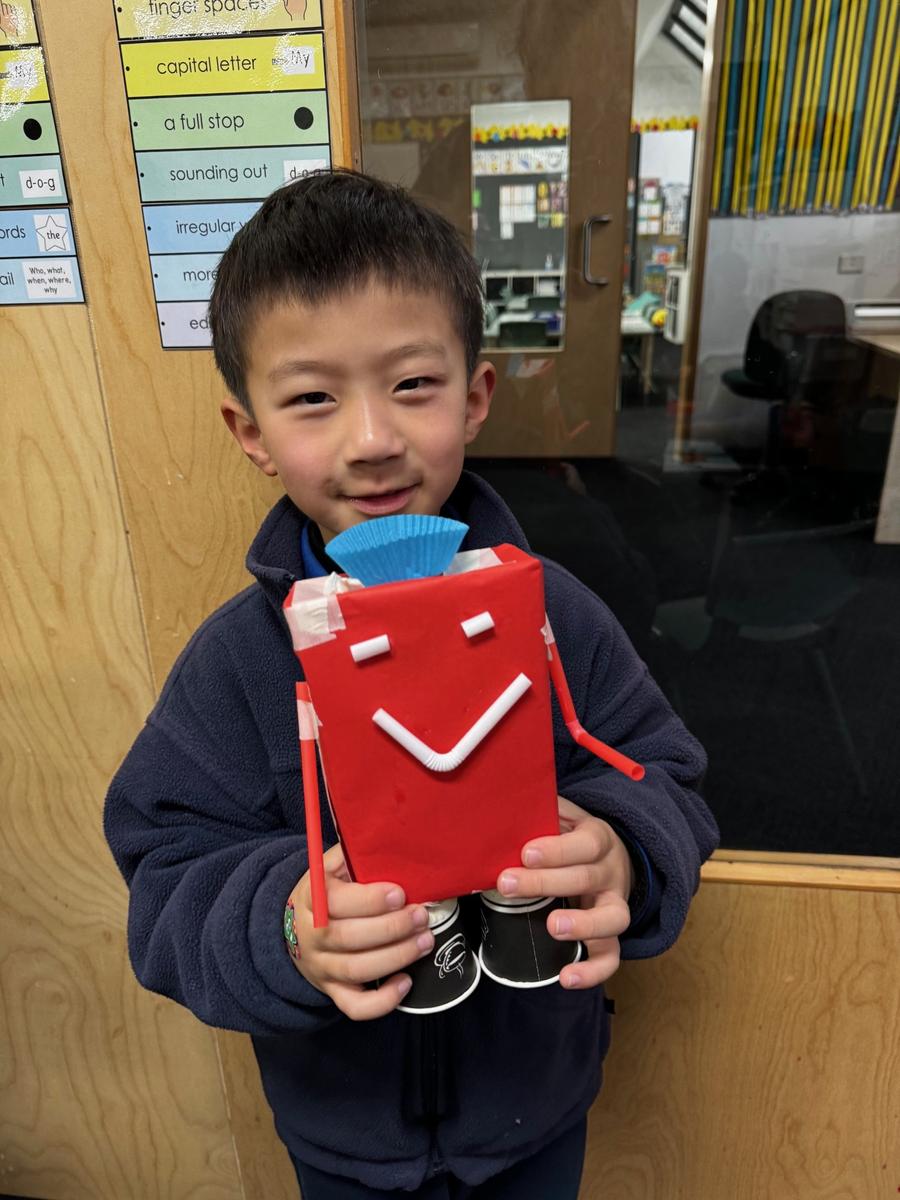
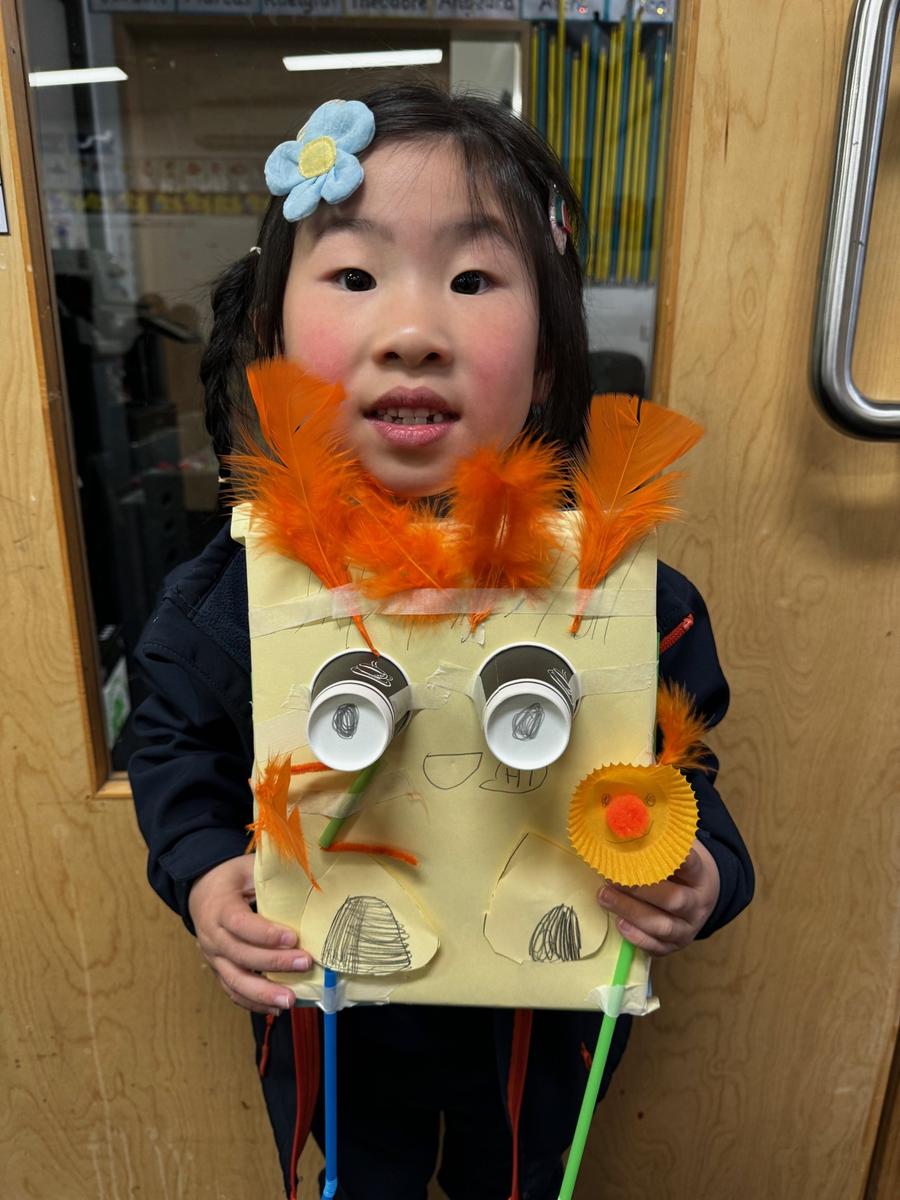






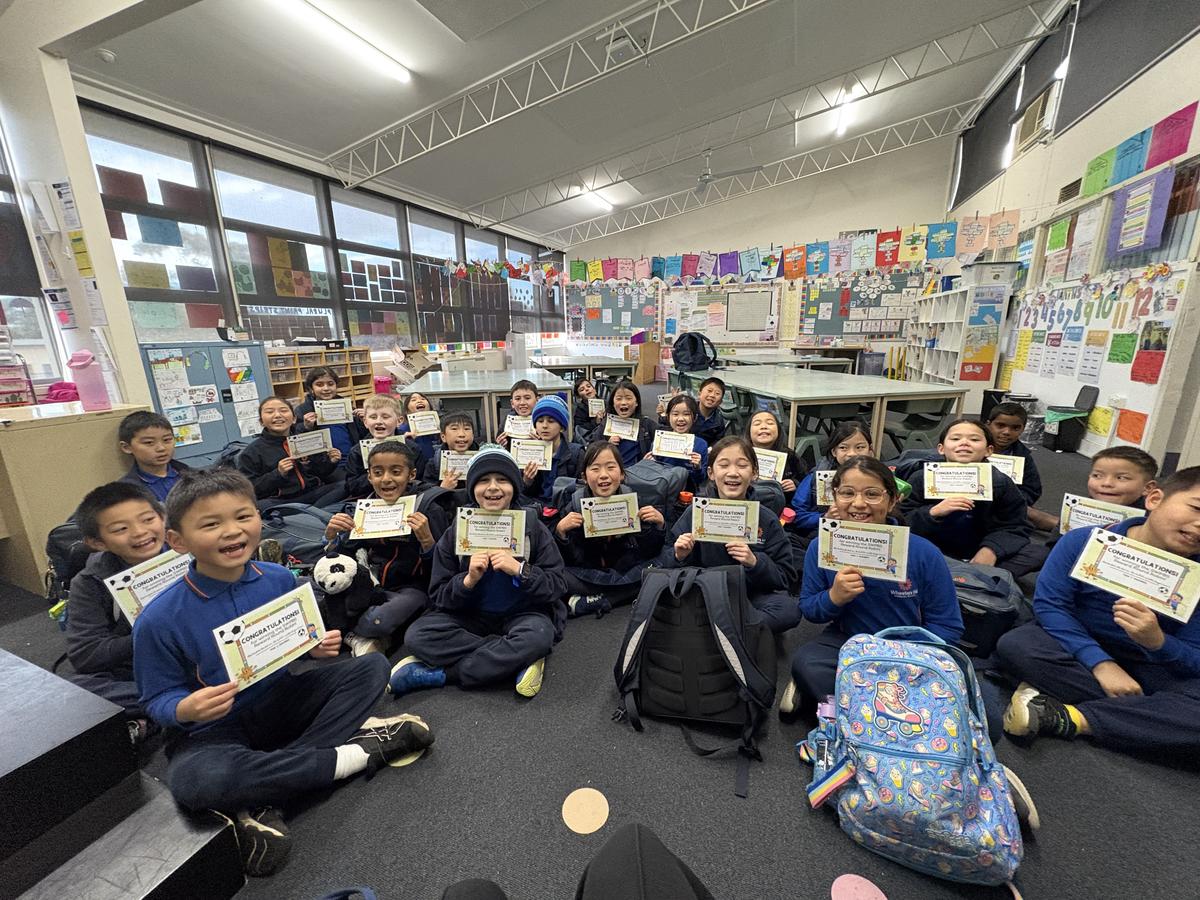
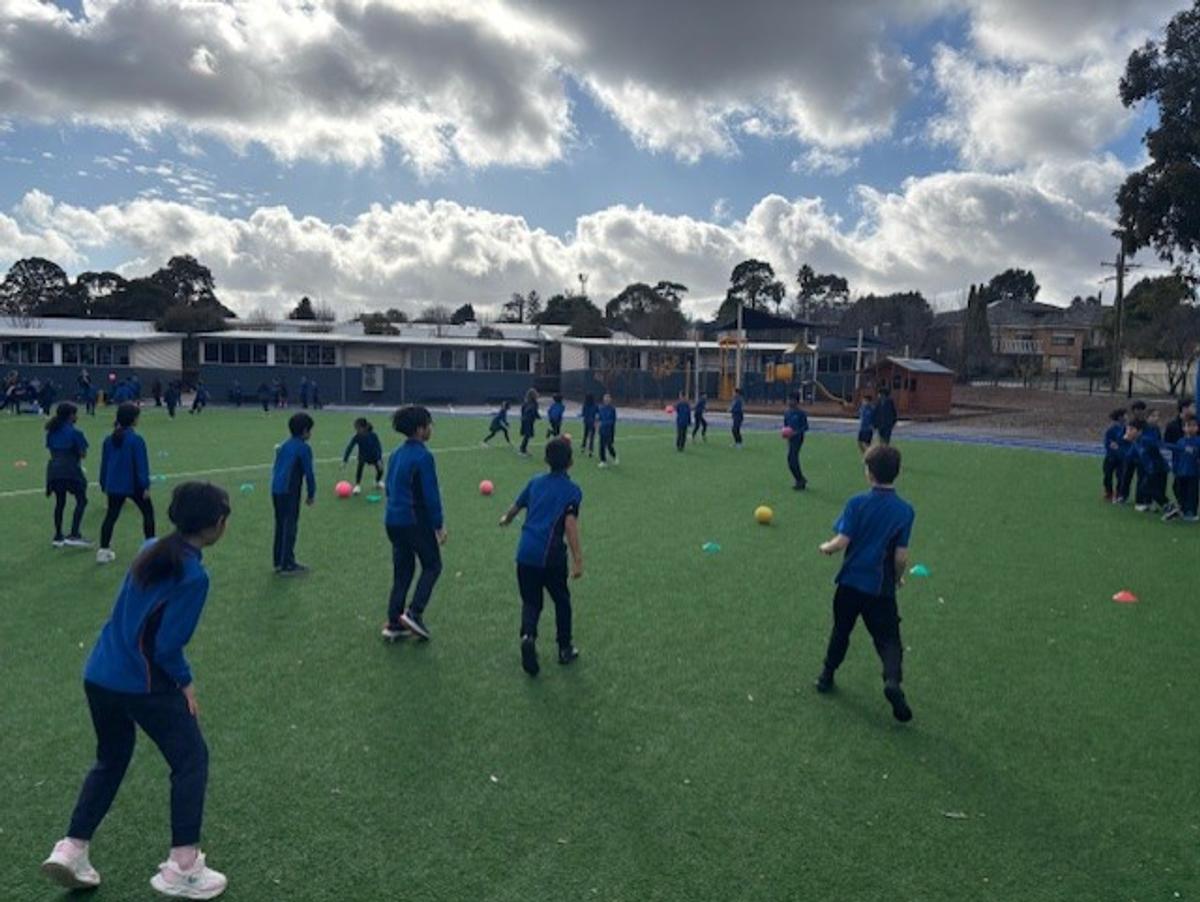
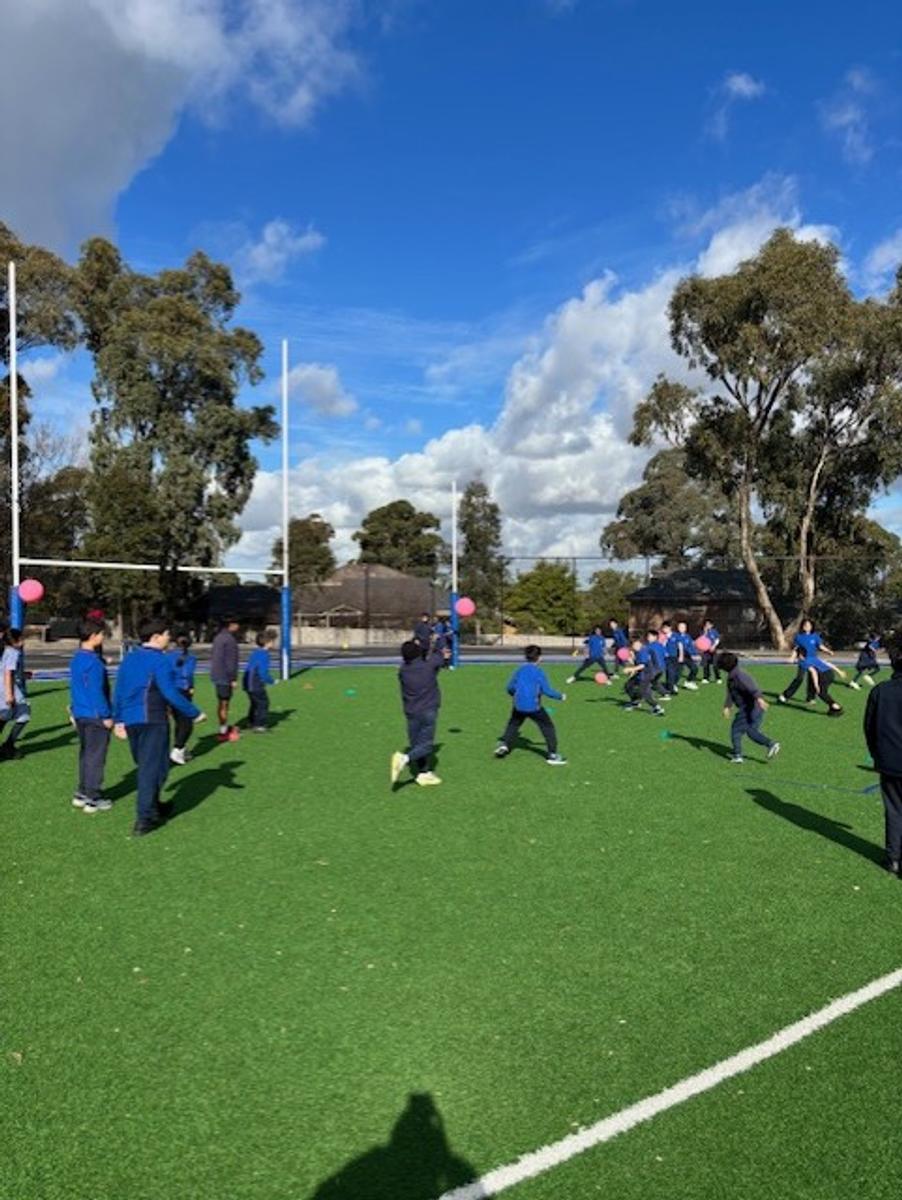
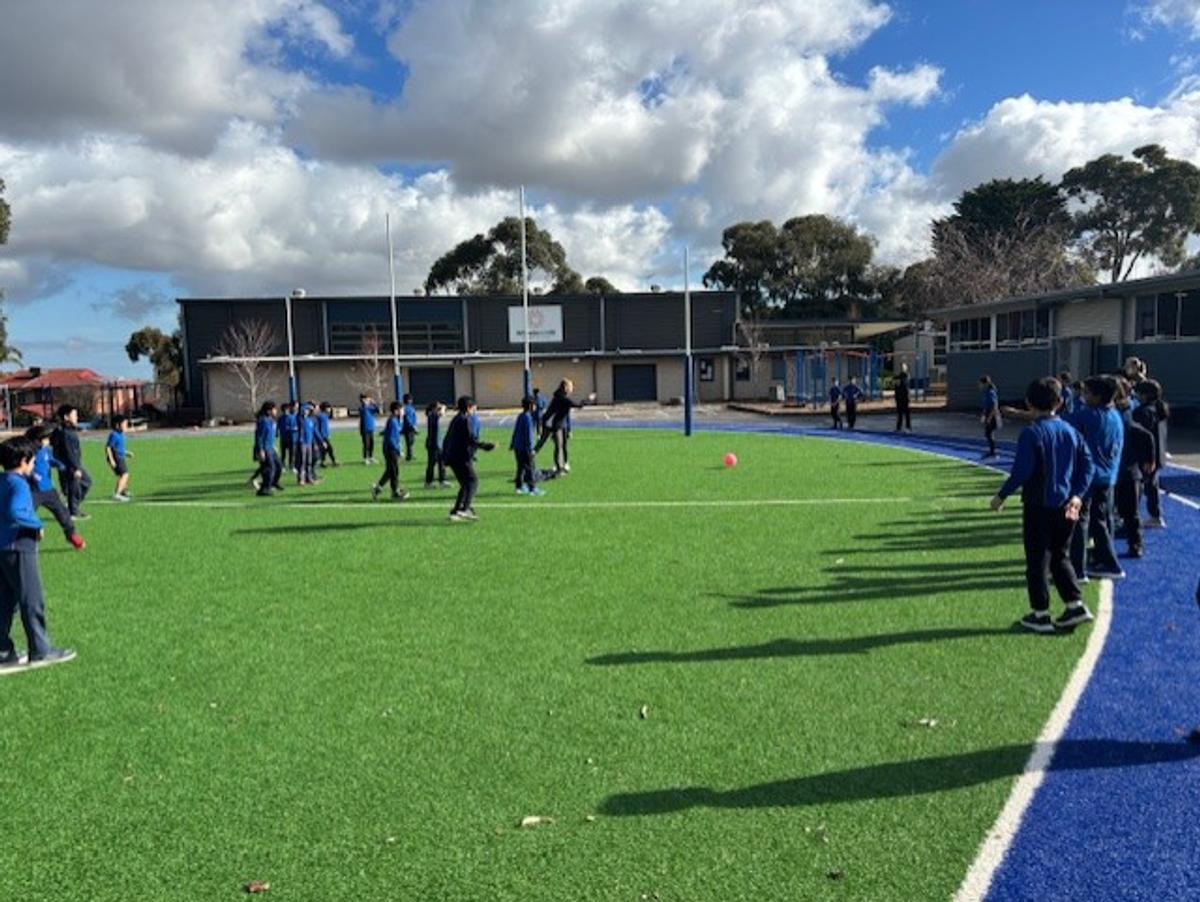
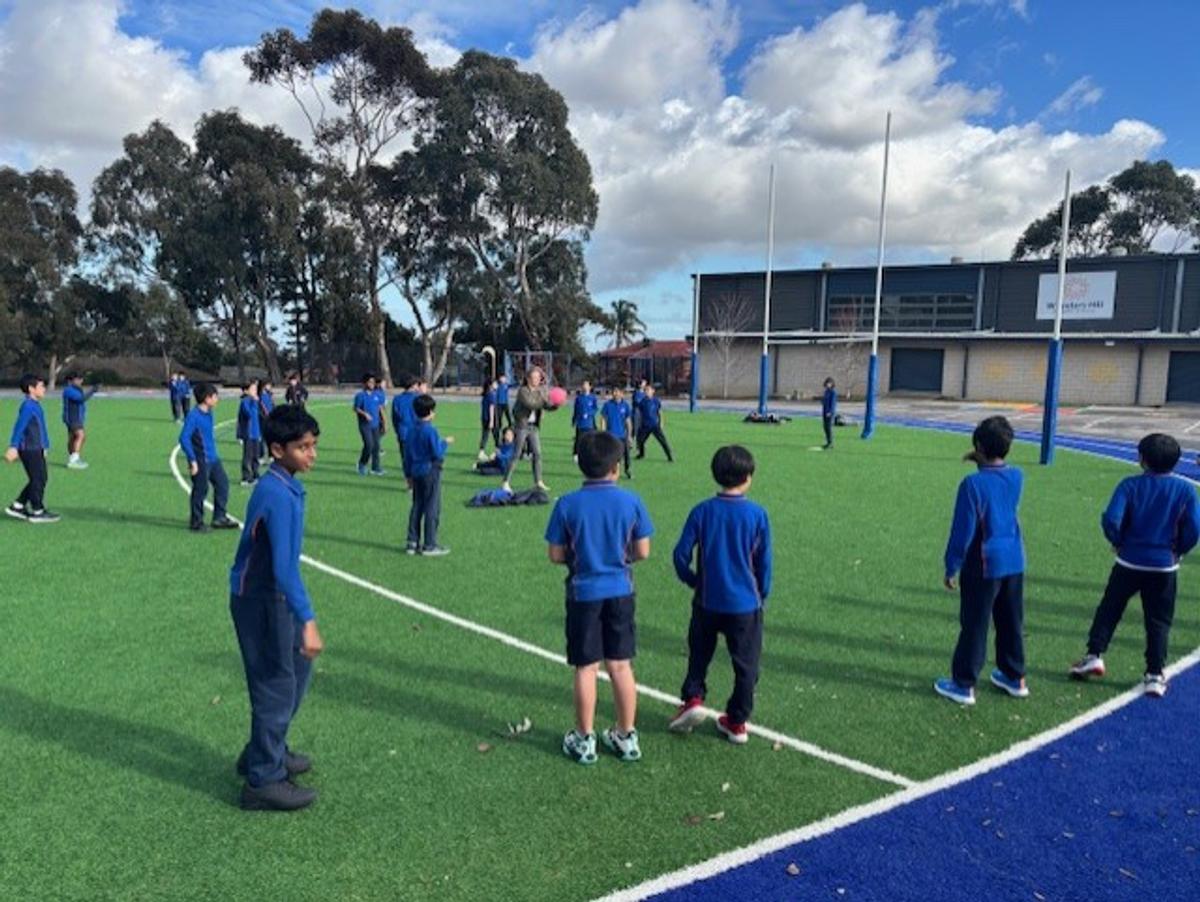
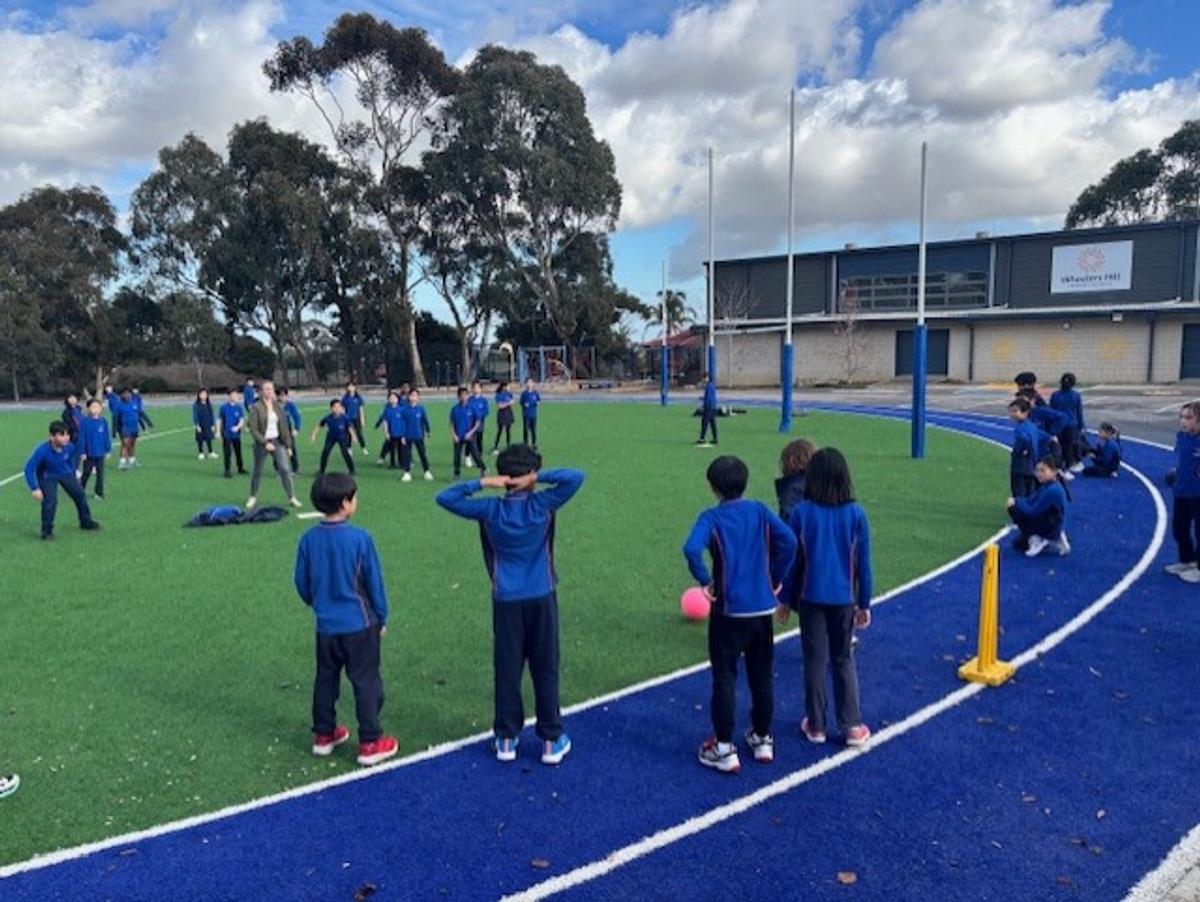






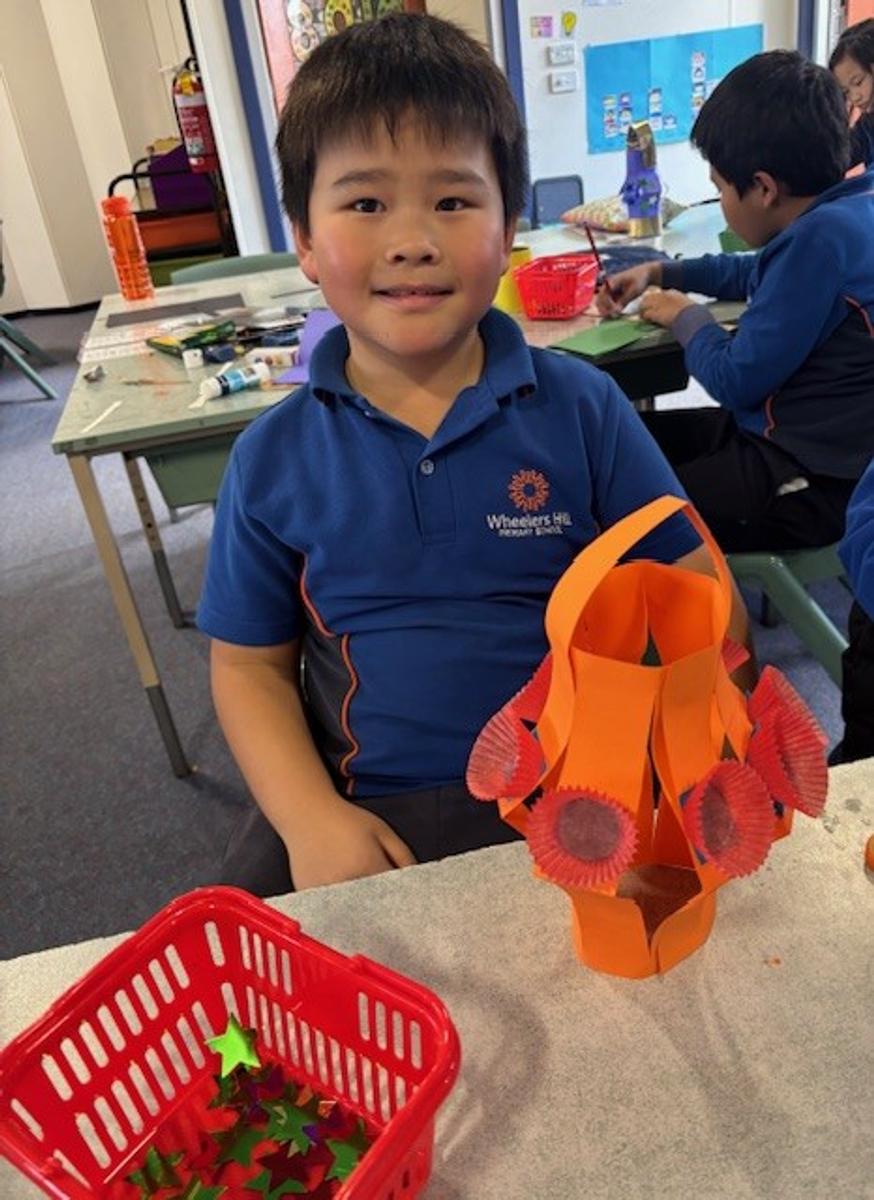
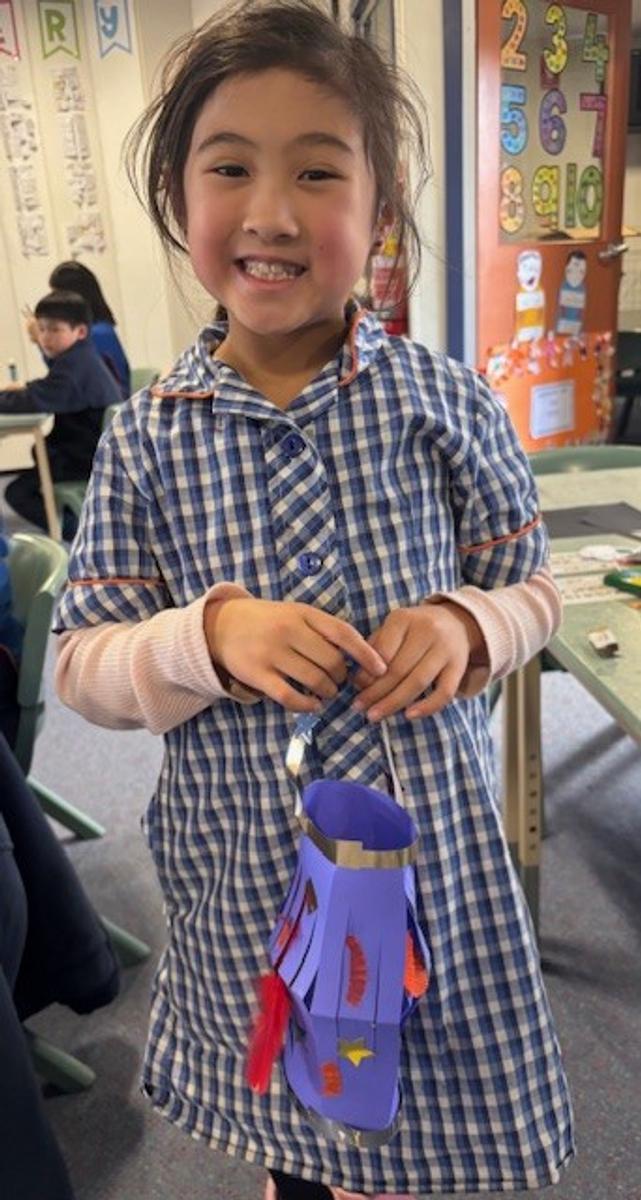
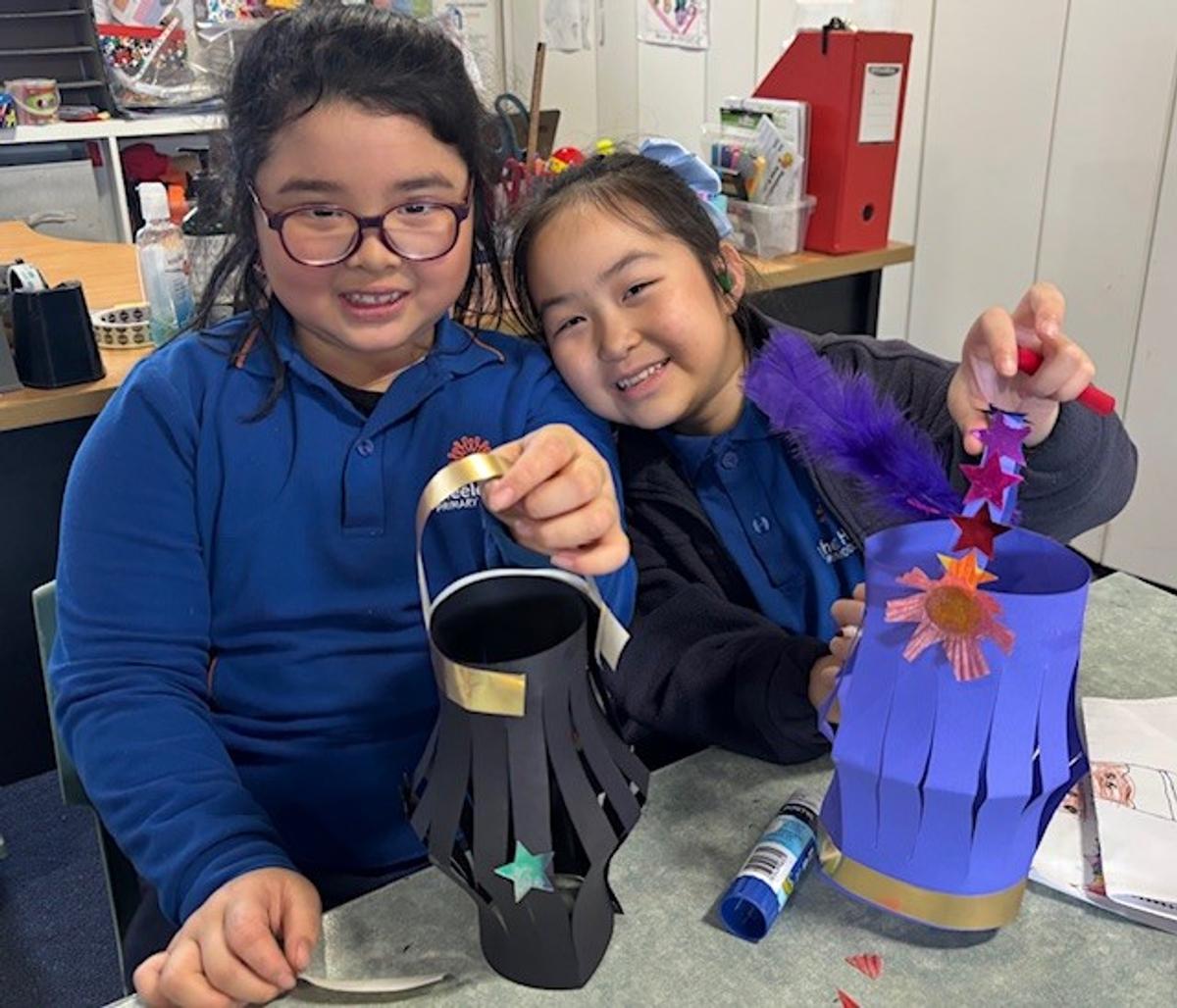



Our Term 3 end-of-term reward options will be decided upon by our year 6 student leaders during the first week of term 3.


Wishing our school community a restful and rejuvenating school holidays.
We look forward to seeing you all back at school on Monday, 21st July.
Katrina Spicer
Assistant Principal for Wellbeing and Inclusion
katrina.spicer@education.vic.gov.au


By Dr Justin Coulson
"Your children should be doing at least one thing each week that, if things go wrong, could land them in hospital."
Provocative? Absolutely. But I'm not encouraging emergency department visits. I'm sounding an urgent alarm: our obsessive protection of children is harming them.
The Risk Paradox Explained
Here's an uncomfortable consideration: "Safety first" is actually harming our children. How? The more we try to eliminate every risk, the more we compromise our children's actual safety and success. Our anxiety about scraped knees and bruised elbows has created a generation that's physically safer but mentally fragile - scared of everything.
Research from the University of British Columbia shows that children deprived of risky play develop poorer risk assessment abilities, decreased physical literacy and - most alarmingly - heightened anxiety disorders. Professor Mariana Brussoni captures this perfectly: "Children should be kept as safe as necessary, not as safe as possible."
Risky vs Dangerous: Know the Difference
Risky play involved manageable hazards that children can identify and navigate themselves. Dangerous situations involve hidden hazards beyond their developmental capacity to assess.
For preschoolers (ages 3-5)
For primary schoolers (ages 6-12)
For teenagers (ages 13-18)
Three Ways to Bring Back Beneficial Risk
1.CREATE TIME for risk-taking adventures
According to the Australian Institute of Family Studies, children's free outdoor playtime has declined by over 32% since the 1980s, while screen time has more than doubled to an average of 4.5 hours daily for primary school children. Schedule weekly "adventure time" where risk is encouraged:
For younger kids, 1-2 weekly adventures is realistic. Teenagers might manage more independent risk-taking daily.
2. SEEK OUT risk-positive environments
Not all play spaces are created equal. The best ones challenge children physically and mentally:
Avoid over-engineered playgrounds with rubber surfaces and predictable plastic equipment. They signal to children that risk is unacceptable and falling is catastrophic. (Plus, they're boring.)
3. STEP BACK and honour developmental progress
Several years ago, my daughter Emilie, then 9, refused to ride the 'donut' behind my dad's boat. While her siblings loved getting whipped around and flipped into the water, Emilie was terrified. I coaxed her onto the donut with promises: "Pop will drive slowly. You won't flip. I'll be right there." She reluctantly agreed, clutching the handles with white knuckles as my father crawled the boat forward. After 15 seconds, something remarkable happened: "FASTER!" she shouted. Then again: "FASTER!"
By honouring her initial fears and letting her control the pace, Emilie discovered for herself the exhilarating balance between thrill and terror. Had we flipped her immediately, she'd have never returned. Instead, she spent the afternoon demanding higher speeds.
This perfectly captures effective risk support: present but not controlling, encouraging but not forcing, and always respecting the child's own developmental timeline.
Putting "Safety Second" for Healthier Kids
The world's leading play researchers identify five essential risk categories children need regular exposure to:
Start with whatever makes you least uncomfortable, gradually expanding your comfort zone alongside your child's abilities. Remember: "Safety first" might sound responsible, but it's actually backwards. Our job isn't to eliminate risk - it's to introduce appropriate risk at the right developmental stages.
The next time your races races watching your child attempt something challenging, resist the urge to shout, "Be careful!" Instead, think: This isn't dangerous - it's the antidote to anxiety and the foundation of confidence.


Our school subscription to Happy Families allows access to the Happy Families website to all members of our school community.
Families can access the Happy Families website at: https://schools.happyfamilies.com.au
Password: happywhps